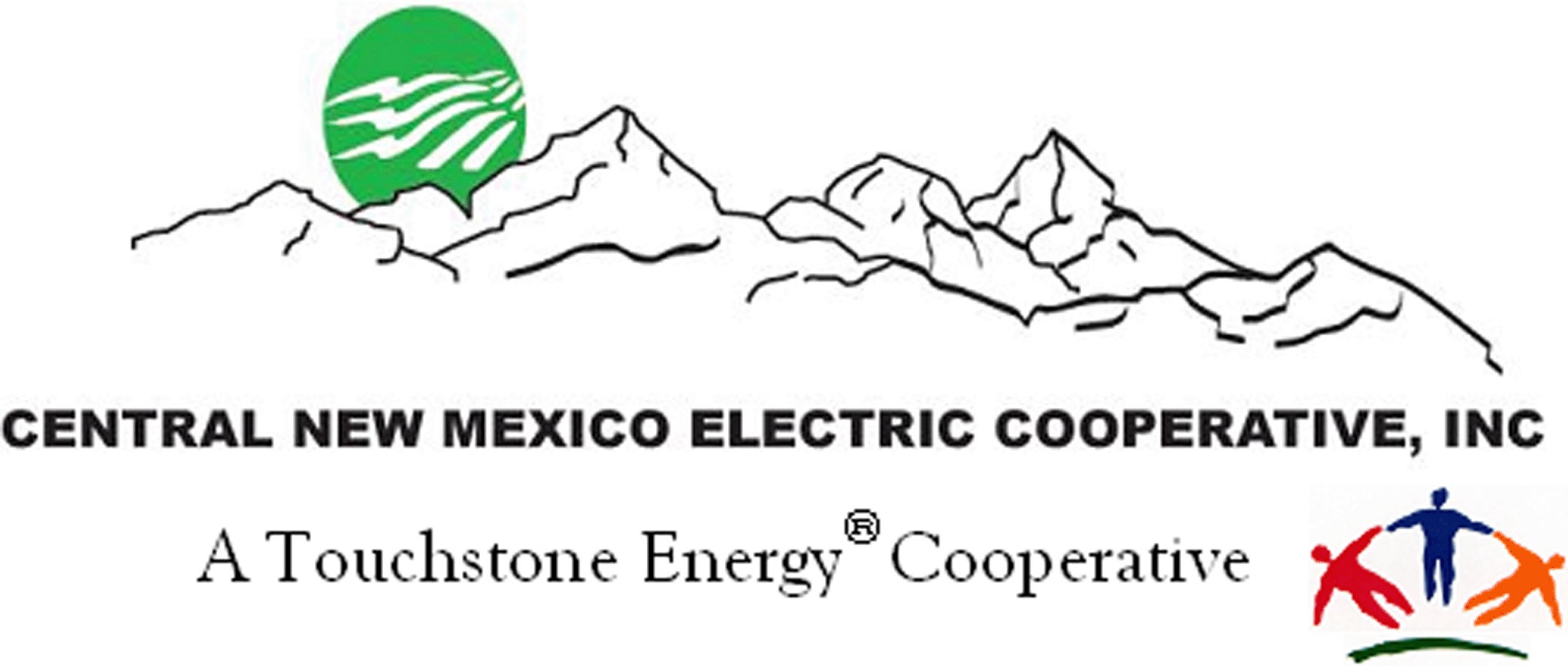What Is An Electric Cooperative?
An electric cooperative is a member-owned and controlled business which provides electricity and associated services at the lowest possible cost to it's consumer-members. Electric cooperatives were established by rural pioneers all across the country in the 1930's & 1940's. Cooperatives like Central New Mexico Electric Cooperative, Inc. brought electricity to rural areas that the investor-owned utilities wouldn't or couldn't serve, turning on lights for thousands of farmers and rural dwellers.
Rural electrification was made possible by the Rural Electrification Administration, created by Executive Order of President Franklin Delano Roosevelt on May 11, 1935, and later by enactment of the Rural Electrification Act of 1936 on May 20, 1936. REA made low interest loans available to bring the lines into the rural areas.
Fifty years later, electric cooperatives like Central New Mexico Electric Cooperative are the primary provider of electricity in the rural areas of New Mexico. The cooperative no longer serves just farmers and ranchers in the rural area – today the cooperative serves small businesses and industries, farms, residences, cabins and recreational homes. Because electricity was there, rural areas have developed and thrived.

Today, as 50 years ago, cooperatives are governed by a unique form of democracy. Consumer-members who own the cooperative, control it through the election of trustees or directors who represent their interests on the cooperative's board of trustees or directors. Local control through a locally-elected board of trustees or directors ensures all members an equal voice in the operation of their electric supply system.
Electric Cooperatives own assets worth $76 billion: own and maintain 2.3 million miles, or 43 percent of the nation's electric distribution lines, covering three-quarters of the nation's landmass; deliver 10 percent of the total kilowatt/hours sold in the United States each year; generate 5 percent of the electricity produced in the United States each year and employ nearly 60,000 people in the United States.
